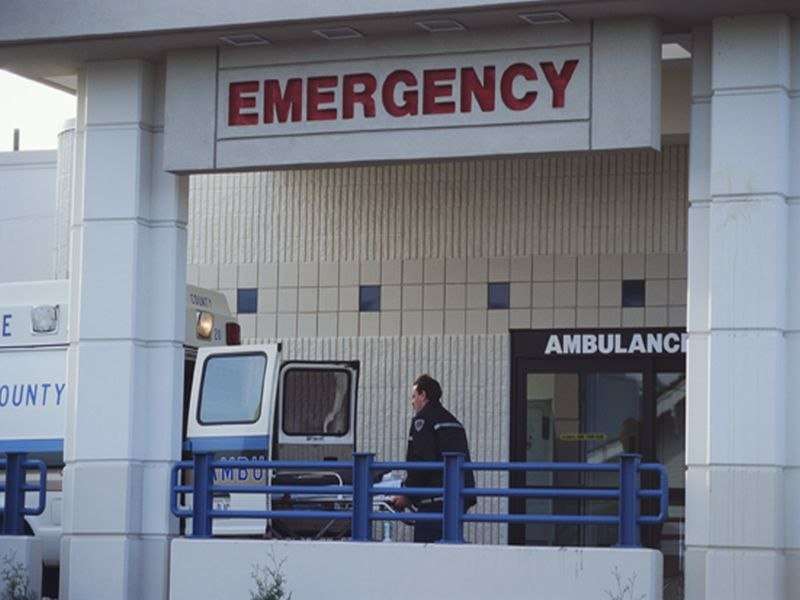AHA: noninvasive testing ups LOS in patients with chest pain

(HealthDay)—Noninvasive cardiac testing leads to longer length of stay (LOS) for patients presenting to the emergency department with chest pain, according to a study published online Nov. 14 in JAMA Internal Medicine to coincide with the American Heart Association's Scientific Sessions, being held Nov. 11 to 15 in Anaheim, California.
Samuel W. Reinhardt, M.D., from Washington University School of Medicine in St. Louis, and colleagues examined differences in outcomes with clinical evaluation and noninvasive testing (coronary computed tomographic angiography [CCTA] or stress testing) versus clinical evaluation alone in an analysis of 1,000 patients who presented to the emergency department with chest pain.
The researchers found that during the 28-day study period, patients who underwent clinical evaluation alone experienced a shorter LOS (20.3 versus 27.9 hours), lower rates of diagnostic testing and angiography (2 versus 11 percent), lower median costs ($2,261.50 versus $2,584.30), and less cumulative radiation exposure (0 versus 9.9 mSv). In the 28-day follow-up period, there was no difference in the rates of percutaneous coronary intervention, coronary artery bypass surgery, return emergency department visits, or major adverse cardiac events.
"Noninvasive cardiac testing in addition to clinical evaluation leads to longer stay, more downstream testing, more radiation exposure, and greater cost without evidence of improving clinical outcomes," the authors write.
More information:
Abstract/Full Text
Editorial
More Information
Copyright © 2017 HealthDay. All rights reserved.



















